British and Americans Battle for Control of Illinois Country
The capture of Kaskaskia and Cahokia by Colonel George Rogers Clark had been surprisingly easy, with no bloodshed whatsoever. Not one to rest on his laurels, Clark immediately began to formulate a plan to crack a potentially tougher nut located about 180 miles to the east, the British post of Fort Sackville.
Originally named Fort Vincennes after its French founder but renamed by the British, the post was located on the Wabash River adjacent to the small village of Vincennes in present-day southwestern Indiana. It was the key site on the water highway that ran through the heart of the Illinois Country, connecting Lake Erie to the Ohio and then the Mississippi via a short portage between the headwaters of the Maumee and Wabash rivers. Therefore, whoever controlled Vincennes would control the Illinois Country.
The day after Clark secured Kaskaskia, he dispatched three scouts to Vincennes to investigate its defenses and preparedness to fight. In a testament to how difficult communication was in this remote part of the Province of Quebec known as the Illinois country, neither the residents of Vincennes nor the garrison of Fort Sackville were aware of the American presence in the region.
Clark sent Father Pierre Gibault and other Kaskaskian leaders to Vincennes to convince its inhabitants to switch their allegiance to the American cause. All Frenchmen and never too fond of the British, the people of Vincennes, on July 20, 1778, signed a pledge of their fidelity to the fledgling United States. Clark sent Captain Leonard Helm and twenty men to safeguard this newest American possession which Helm renamed Fort Patrick Henry.
Incredibly, in less than a month and with no bloodshed, Clark and his small army of 180 Americans had secured the main British forts in the Province of Quebec south and west of the Great Lakes, gaining control of an enormous area encompassing over 20,000,000 square acres. Naturally, British officials could not let this go unchallenged.
Word of Clark’s daring exploits reached Fort Detroit, the main British outpost in the region, on August 6, 1778. The commander there was the Lieutenant Governor Henry Hamilton, known as “the Hair-Buyer” for his propensity to purchase American scalps from his Indian allies. In fact, Hamilton recorded the purchase of over 200 American scalps in just the first nine months of 1778. Despite this gruesome habit, Hamilton, the third son of an Irish Viscount, was actually a skilled administrator and an experienced and capable officer.
“Henry Hamilton.” New York Public Library.
Hamilton immediately requested reinforcements from Fort Niagara, the nearest British post but still over 200 miles away, and also began recruiting local militiamen to assist. However, most of these were Frenchmen and getting Frenchmen to fight a British fight was not easy. Consequently, it was not until October 7 that Hamilton mustered a force adequate for the mission and set out for Vincennes.
His force consisted of roughly 200 soldiers, but less than forty were British regulars, and one lone artillery piece, a six pounder. They were joined by seventy Indians hoping for an easy conquest and many American scalps. Their 450-mile journey to Vincennes was not for the faint of heart and was a grinding trek if ever there was one.
It included poling flat bottomed boats up the Maumee and portaging them and all the supplies between the headwaters of the Maumee and the Wabash. This effort alone took thirty days. Naturally, the weather in northern Ohio in October and November was brutal, especially for men who were wet much of the time. On December 17, seventy one days after setting out, Hamilton and his men, augmented by several hundred Indians who joined them from the nearby Indian village of Ouiatenon, arrived at the outskirts of Vincennes and Fort Patrick Henry.
Captain Helm had been aware of Hamilton’s march towards Vincennes for some time and had attempted to rally the local citizens to defend the fort as they had promised to do when they took their oath of allegiance in July. Unfortunately, these “summer soldiers and sunshine Patriots” fled at the first sign of danger. As the British and Indian contingent approached the fort, Helm commanded but three men who were arrayed with him, standing defiantly behind a loaded cannon placed at the fort’s main gate.
Hamilton asked Helm what his intentions were, and Helm replied he and his three soldiers intended to fire on the Brits unless they were given honorable surrender terms. Hamilton must have smiled at this bravado, but seeing Helms was sincere, Hamilton agreed. Thus, Helms surrendered, and the American flag came down and the Union Jack went up, and Fort Patrick Henry assumed its former name of Fort Sackville.
The fort was in deplorable condition, described by Hamilton as “a miserable stockade without a well, barrack, platform for small arms, or even a lock to the gate.” He began to repair these defects, and, within two months, the fort would be the strongest garrison in the region.
Being informed by spies that Clark mustered little more than one hundred men in Kaskaskia, almost two hundred miles away, and with the harsh northern winter setting in, Hamilton hunkered down and gave little thought to preparing for an assault by Clark. He would soon have a rude awakening.
Next week, we will discuss Clark’s intrepid winter attack on Vincennes. Until then, may your motto be “Ducit Amor Patriae,” love of country leads me.

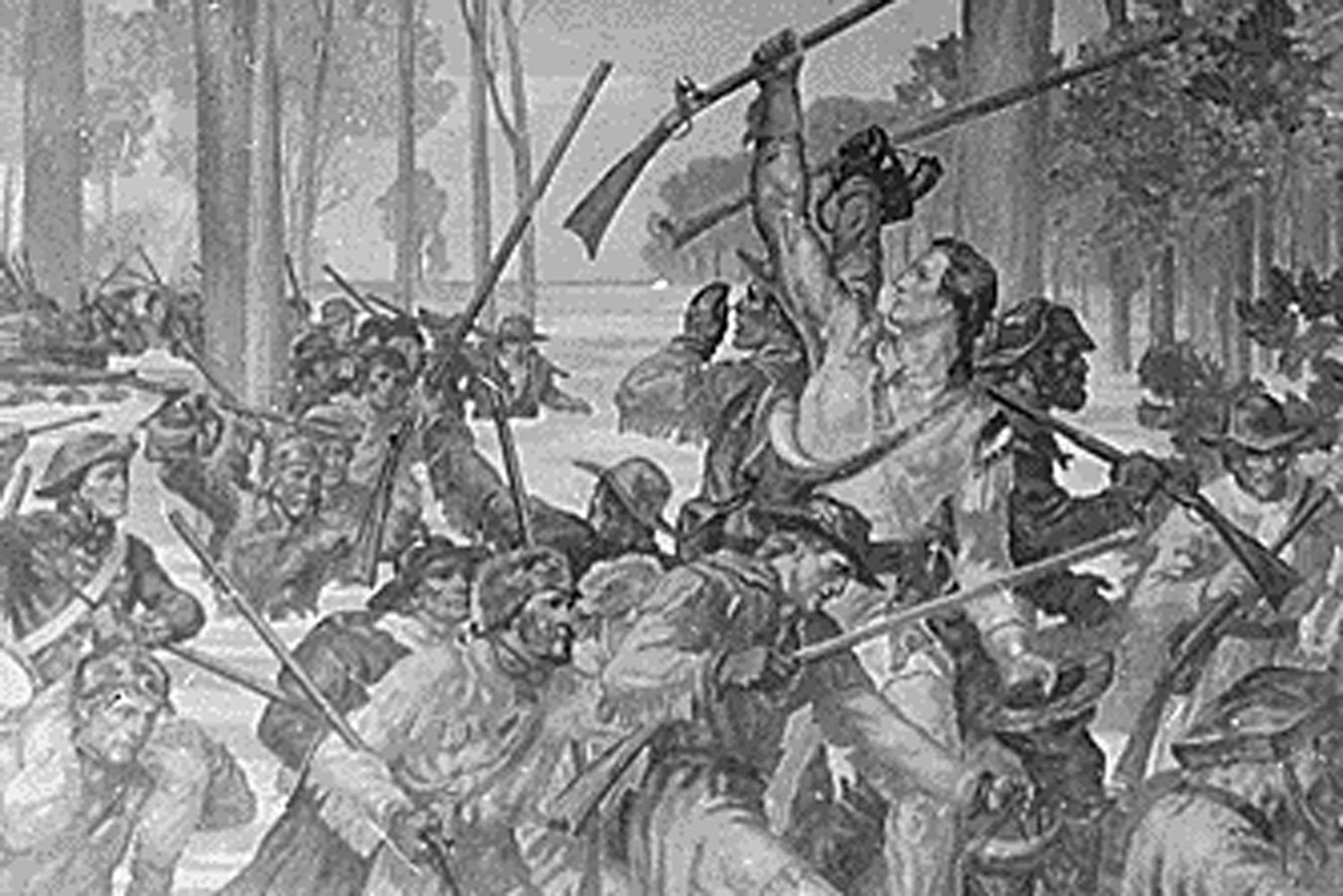
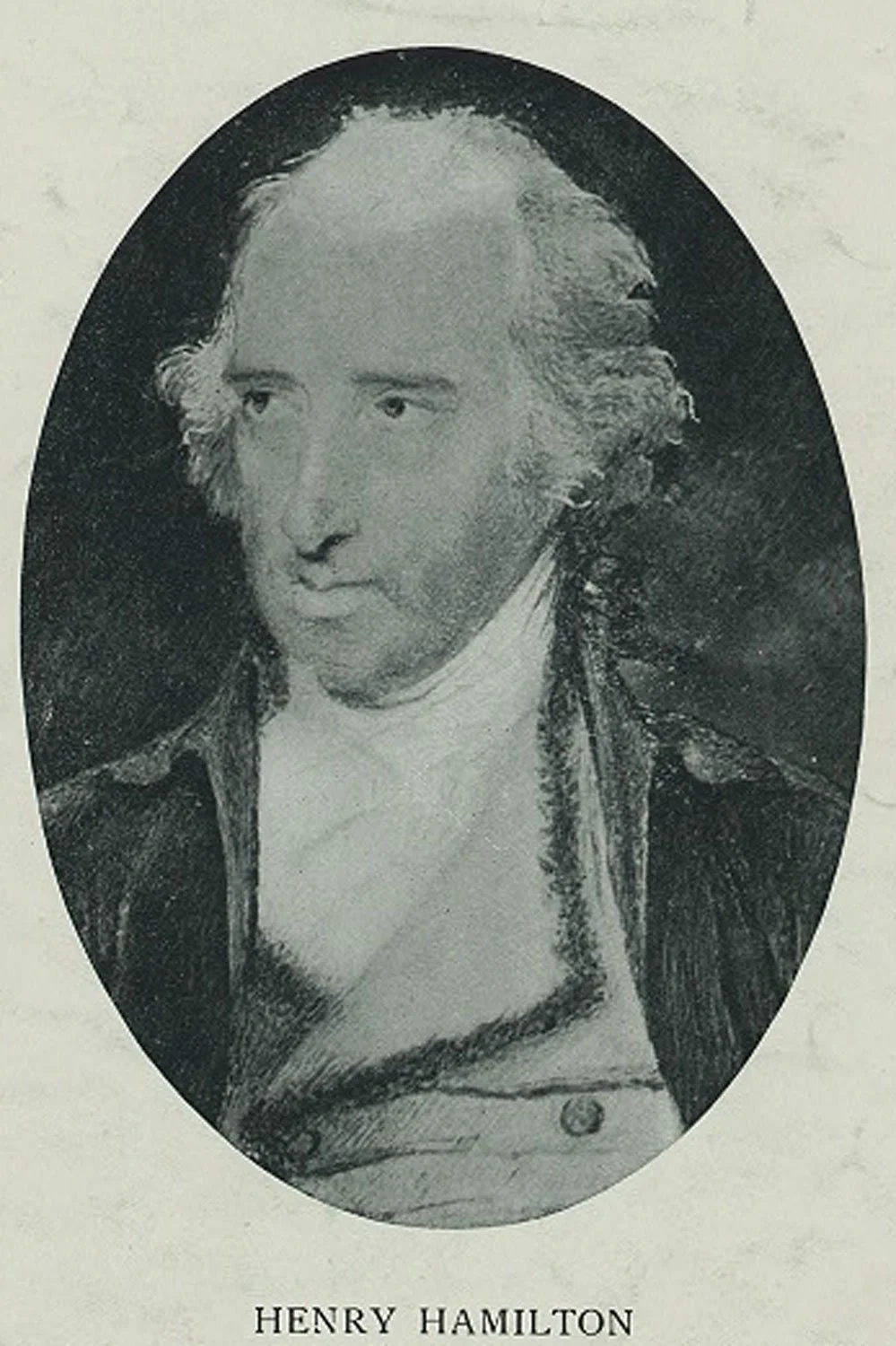




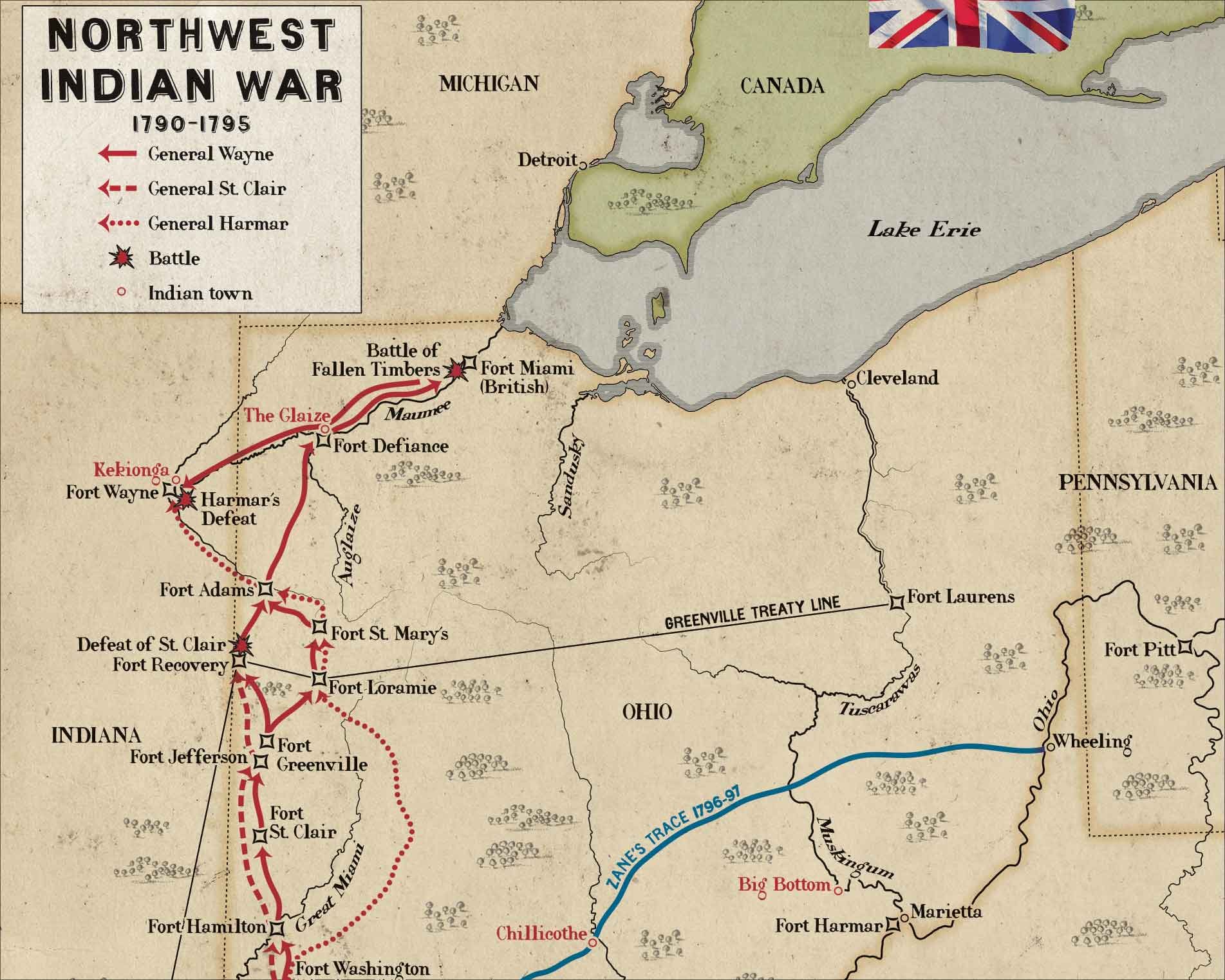
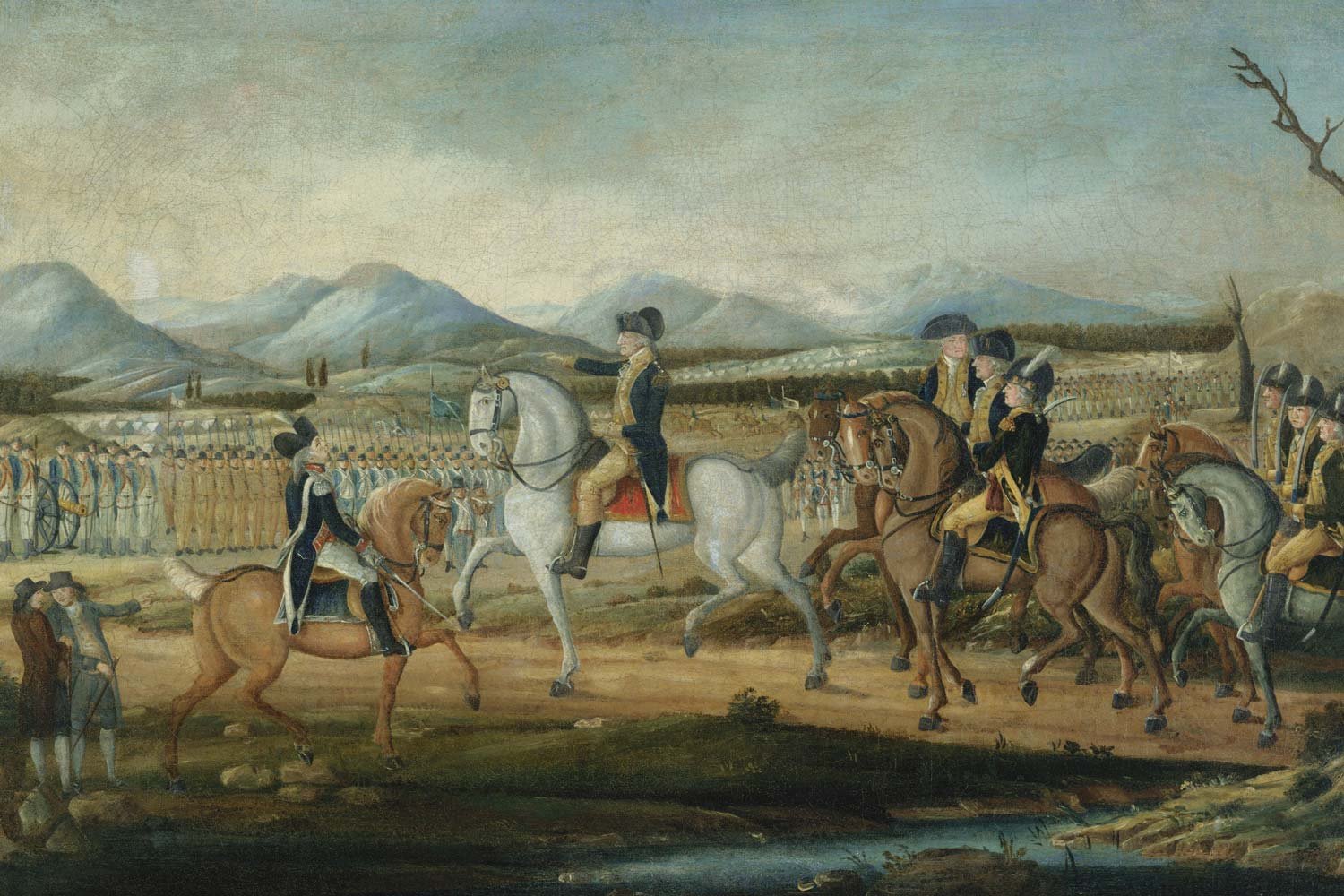
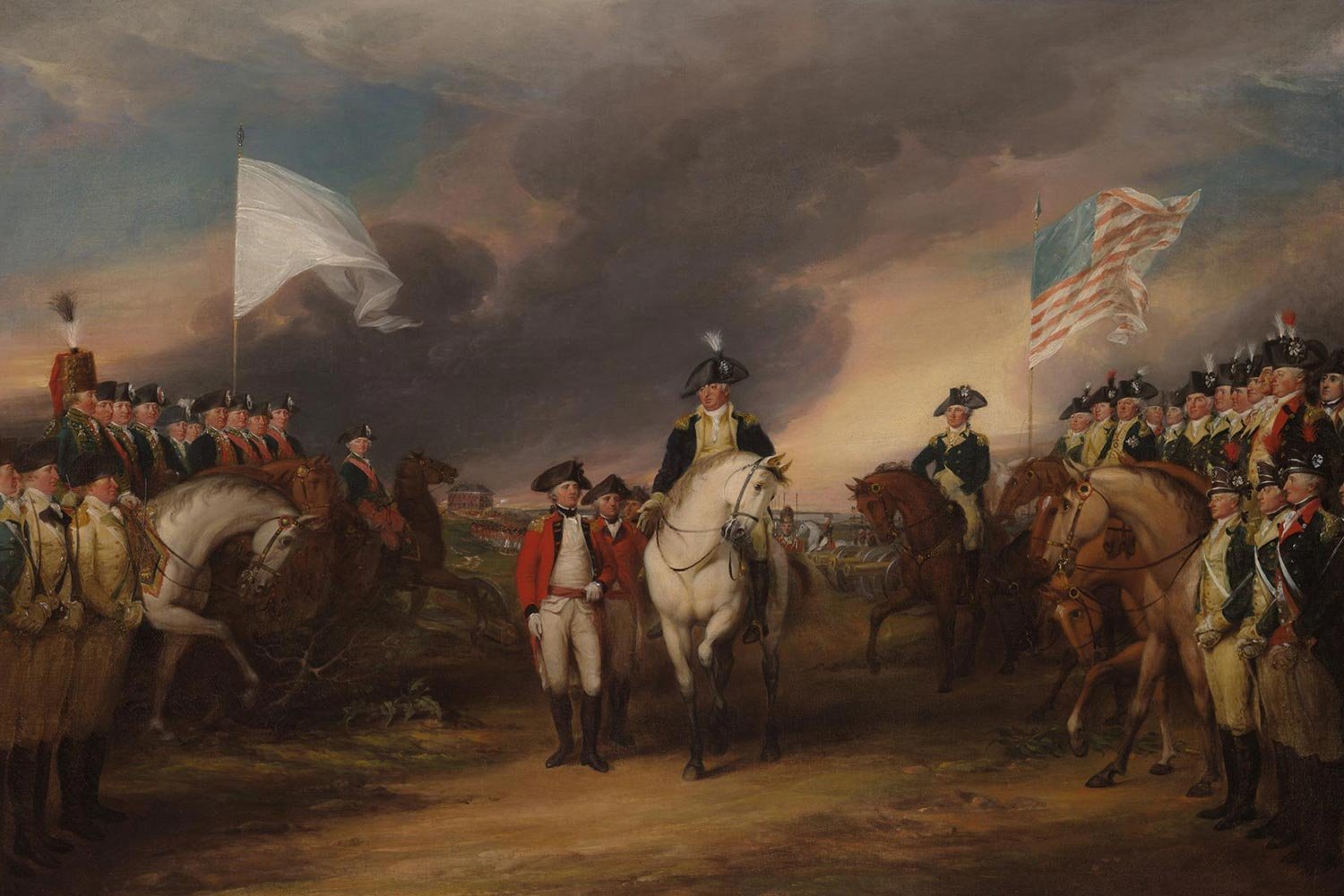
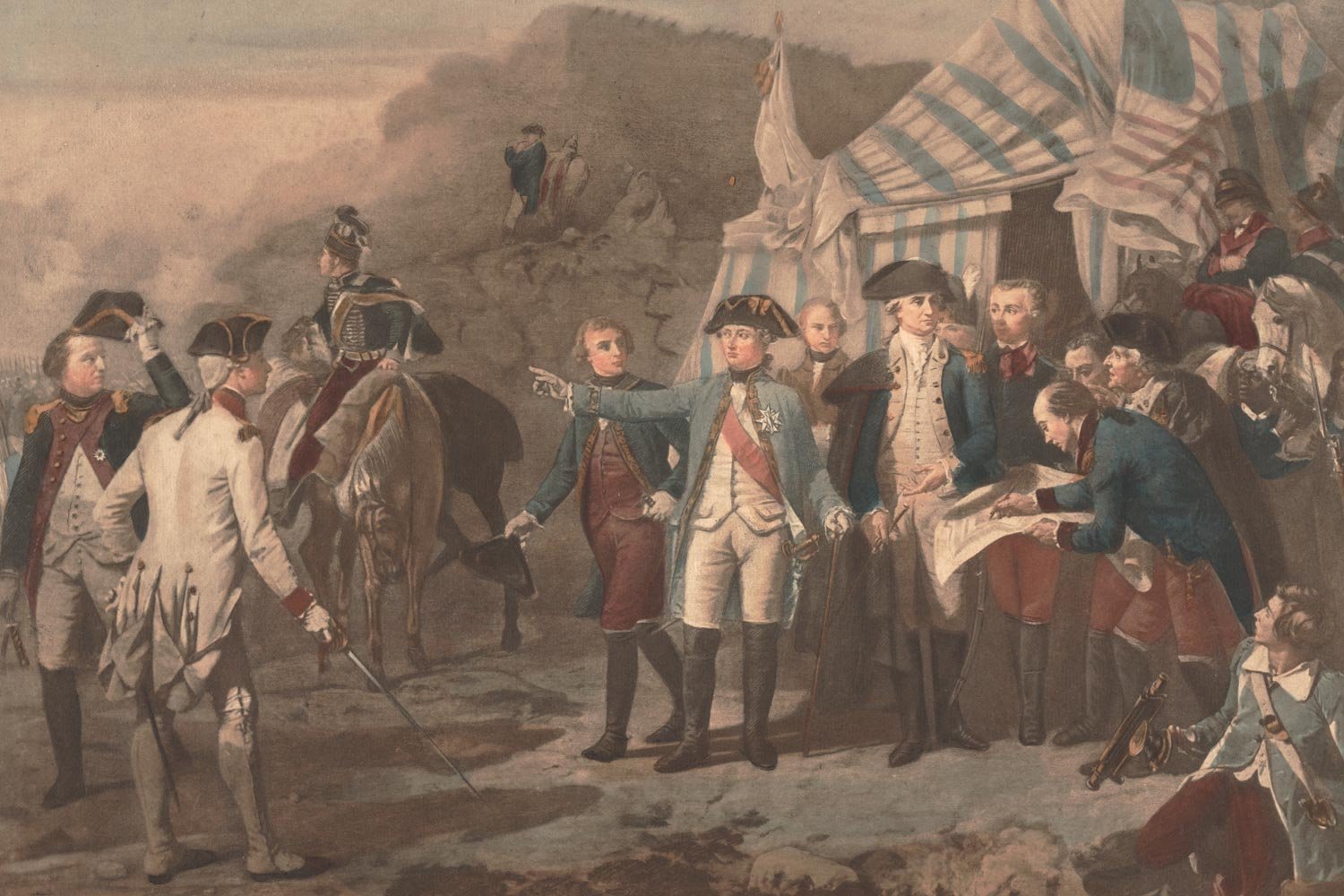
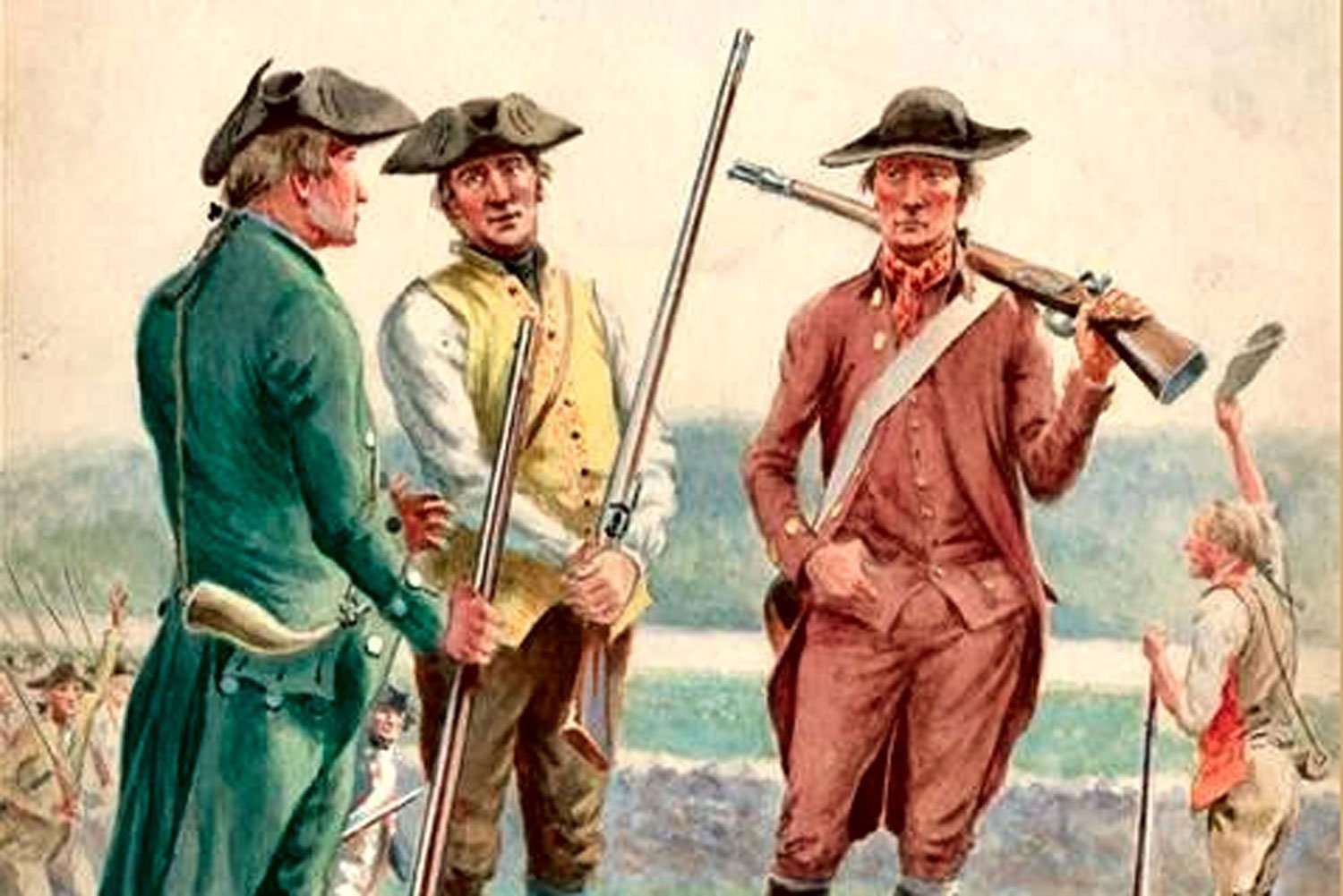
The only fighting in the Quasi-War occurred at sea, and mostly in the Caribbean. But with war at a fever pitch and French interests so close by in Louisiana, there was a very real concern in Congress about a possible French invasion of the United States from the west.